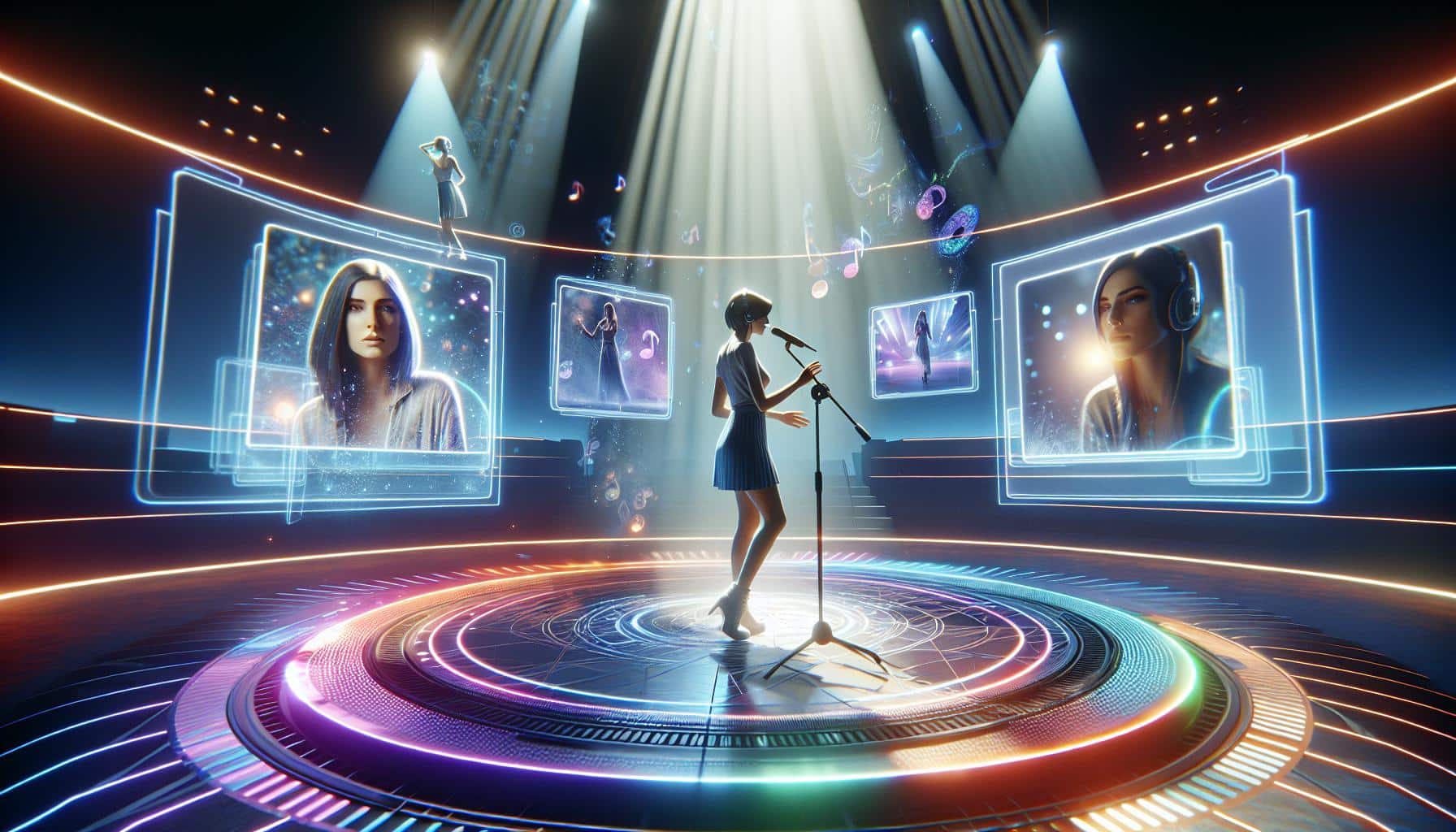Smartphones and tablets replacing Nintendo as entry point for gaming
Smartphones and tablets have overtaken Nintendo as the primary devices that introduce young players to gaming, according to a recent survey conducted by the Magid Games Team. The convenience of mobile devices has made them more popular among the youngest players, leading to significant implications for game developers and publishers who are trying to win over the next generation of players. The survey also found that the percentage of children under three years old playing games has increased significantly, indicating that gaming is starting at a much younger age.
Understanding the evolving preferences of younger gamers
The Magid Games Team conducted an in-depth study called “Generation Next” to understand how younger gamers might evolve over the next three to five years. The study involved both quantitative and qualitative research, with researchers visiting homes and speaking to both kids and parents. The findings revealed that the role of parents is changing as inter-generational gaming becomes more prevalent. Parents are now introducing gaming culture to their families, with even non-gaming parents getting involved in playing with their kids. This presents a unique marketing opportunity for game developers and publishers to target parents and have them pass down the interest in gaming to their children.
The rise of socialization in gaming
Gaming has become the new social network for teenagers, with socialization playing a crucial role in their development. The survey found that young gamers expect everyone to be able to play, emphasizing the importance of crossplay and frictionless social experiences. Social media platforms, such as TikTok and YouTube, play a significant role in game discovery for younger players. Streamers and short-form videos have a strong influence on children, even as young as 10 years old. Additionally, user-generated content has become a prominent feature in games, allowing players to establish their identity among their peers.
The challenges and opportunities of user-generated content
The survey highlighted the changing preferences of gamers as they age. User-generated content and creation have become crucial to teenagers’ gaming experience, with platforms like Roblox allowing them to create their own games and be part of a creative community. However, as players age, their emotional needs evolve, and high-fidelity experiences become more popular. The challenge for game developers is to provide easy access tools for user-generated content and address the changing demands of this generation. Additionally, the survey found that younger players prefer free-to-play games but are open to premium games and battle passes, as long as they are not monetized in a predatory way.
Addressing toxicity in the gaming community
Toxicity remains a significant problem in the gaming community, with some players being driven away by negative experiences. However, the survey revealed that this generation feels confident in their ability to handle toxicity and manage their online presence. Parents, too, are more likely to trust their teenagers to navigate these situations. It’s important for game developers and publishers to address toxicity and create a safe and inclusive gaming environment for all players, regardless of gender or age.
The lasting impact of COVID-19 on gaming behavior
The COVID-19 pandemic has had a significant impact on gaming behavior, with players relying on games to maintain social relationships during lockdowns. Many young gamers turned to platforms like Minecraft to interact with friends and discuss challenging topics when physical meetups were not possible. The survey raises questions about whether these behaviors will persist as the pandemic fades from memory. It also highlights the enduring social role of games and their ability to connect people, regardless of age or circumstances.
Analyst comment
1. Positive: Smartphones and tablets replacing Nintendo as the entry point for gaming. The market will see increased demand for mobile gaming and potential growth for game developers and publishers focused on mobile platforms.
2. Positive: Understanding the evolving preferences of younger gamers. Game developers and publishers have a unique opportunity to target parents and tap into inter-generational gaming, expanding their market reach.
3. Positive: The rise of socialization in gaming. Crossplay and social experiences will be highly valued, and social media platforms will continue to play a significant role in game discovery. User-generated content will be important for players to establish their identity.
4. Positive: The challenges and opportunities of user-generated content. Game developers need to provide accessible tools for user-generated content. There is a demand for high-fidelity experiences as players age.
5. Neutral: Addressing toxicity in the gaming community. Game developers and publishers need to create a safe and inclusive gaming environment. There is a growing confidence among the new generation in handling toxicity.
6. Positive: The lasting impact of COVID-19 on gaming behavior. The pandemic has strengthened the social role of games, and the demand for online gaming and virtual interaction may persist even after the pandemic ends.













